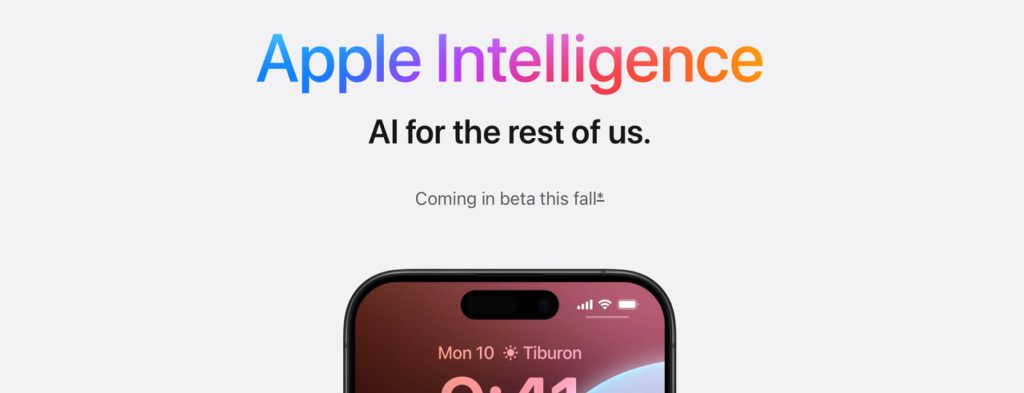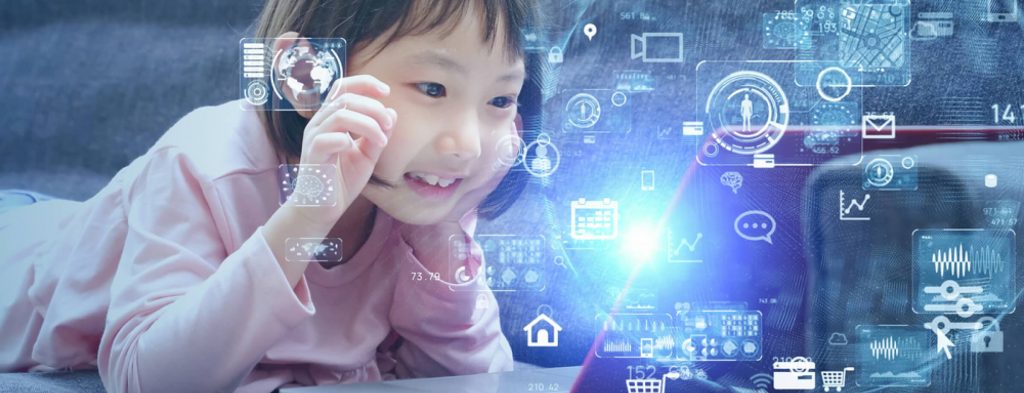Transcription is the process of converting audio or video content into text for various purposes. It finds use in a variety of businesses to include medical, films and music, legal, and many more. It is helpful in any business as it aids communication.
Transcription using machine learning involves voice and speech recognition software that can convert the audio to text. Let’s understand the need for transcription in different industries.
Medical Transcription
Medical data of patients need to be recorded well for insurance and medical history needs, but time is a big constraint for highly experienced medical professionals. So, doctors record patients’ consultation summary, in-patient status reports, and even step-by-step surgical procedures into audio files through dictations. These files need to be converted by humans or speech-to-text software into transcribed text files.
Medical transcription data has a strict turnaround time (TAT). Medical transcription is a lucrative industry due to volumes of medical records and data being generated each day.
Transcription in Films and Music Industry
In the music industry, songs are transcribed and converted into text and stored. Text subtitles in movies are created by converting the voice content to text through transcription. This is also used to create presentations.
Production transcripts are verbatim transcription or text conversion of any video or audio. These are commonly needed in the TV/film industry. For example, news channels keep (and sometimes display) production transcripts of video interviews for clarity.
Legal Transcription
There is so much paperwork involved in legal procedures including lengthy petitions, replies, and proceeding status records. Every legal proceeding needs to be recorded in some manner so that it can be availed and utilized with ease in the future. Litigations go on for years and all the parties involved including the courts, may not be able to keep track of the numerous proceedings of a particular matter without keeping proper records. Here comes the role of transcription.
Again, legal officers and professionals do not have enough time to note down everything. So, they record the relevant information in voice files that can be transcribed by trained humans or software and stored in text form. Legal transcription is a big industry world-over.
Machine Learning in Transcription – Why?
As described above, with large amounts of data involved, manual transcription is a big loss of time and energy. Moreover, manual transcription work involves providing intense training to transcriptionists to ensure accuracy. Another drawback of manual transcription is that humans are unable to manage multiple accents with ease and so the accuracy is largely dependent on the individual transcriber’s accent limitations.
Machine learning has transformed the transcription industry through software that converts speech to text. This has saved a lot of human effort and time and eliminated most of the limitations of manual transcription.
Transcription can be verbatim or intelligent. Verbatim is a word-by-word transcription of the audio file with no changes. This can be easily managed through software too. Intelligent transcription with the help of machine learning is a step ahead. This includes making the text more accurate than dictation. ML software makes grammatical corrections as needed. By identifying patterns and learnings, ML applications also help the editors improve texts by autosuggest features, autocomplete features, and even paraphrasing suggestions. For example, in subtitles, machine learning can identify and remove redundant voices such as laughter, stuttering, and extra words like “hmm” or “huh”.
So, let’s see what are the major benefits of implementing ML in transcription.
Benefits of Machine Learning in Transcription
1. Automation
With the use of machine learning, transcription gets automated. There is no or minimal human intervention required. The voice content is converted to text by ML transcription software. To ensure accuracy, these files can then be proofread and edited by humans. Thus, manual work is much reduced as it is easier and less time-consuming to edit than it is to transcribe from scratch.
2. Higher Efficiency – Saves Cost and Time
Training humans is costly and skilled transcribers charge more with time. Once trained, the ML transcription applications can deliver great speed and accuracy. Larger volumes of work can be completed in a shorter timespan as machines take much less time compared to manual typing and transcribing.
With time, more work can be produced and fewer people will be needed. One human editor can check or edit volumes of ML transcribed work (to ensure accuracy) instead of having multiple transcribers, editors, and proofreaders to manage the same volume.
3. Easy to Learn and Use
With the use of ML, businesses can transcribe their voice files internally with ease anytime. In manual transcription that requires skilled and trained transcribers, businesses need to send the work to professional transcription firms for day-to-day documentation needs.
The best part of using ML aided transcription in business is that the software is simple to use, and anybody can use these without much knowledge and training needed.
4. Effective Business Communication
Business managers can utilize ML transcription software for automatically transcribing their emails and minutes of meetings. This ensures confidentiality too, as people do not need to depend on human assistants to transcribe their sensitive communication.
ML software applications also provide autosuggest, autocomplete, and autocorrect features to improve the accuracy of your work. Business professionals can utilize this to not only transcribe, but also learn and enhance their communication skills.
5. Improves with Time
The biggest trait of machine learning is the ability to improve magically with time. ML recognizes patterns and trends and can imitate the same. Thus, with time, it learns and gets better. In transcription, machine learning recognizes voice and speech better with time and makes the work easier and more accurate.
Taking the example of medical transcription, ML transcription software applications can handle a wider range of dictators and accents with ease. ML can also memorize the standard phrases used in medical dictations (and by a specific doctor), and give accurate and quicker transcription results. With time, as accuracy improves, the need for human editor also reduces.
To Summarize
Machine intelligence is the last invention that humanity will ever need to make.
– Nick Bostrom
Machine learning has transformed various industries including the big and lucrative transcription industry. With time, machines get “trained” by learning and machine learning results get accurate. ML in transcription helps save time, effort, and money. It is impractical to handle large volumes of transcription work without ML. So, adopt machine learning in transcription and reshape the future of your transcription business.
We provide machine learning consulting services bring decades of combined experience in empowering companies design, build, and implement AI-powered software.






